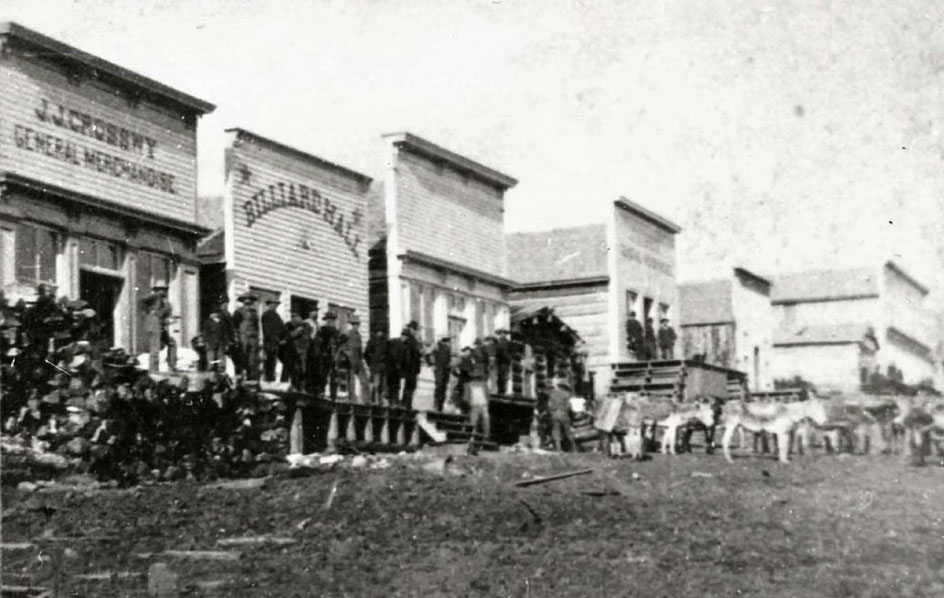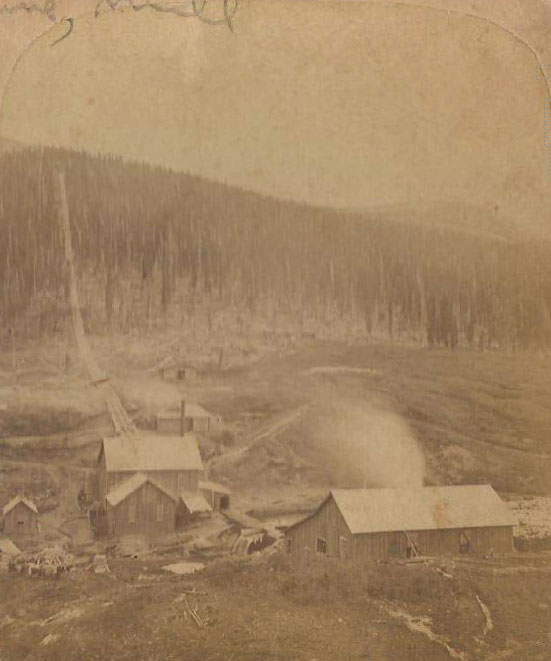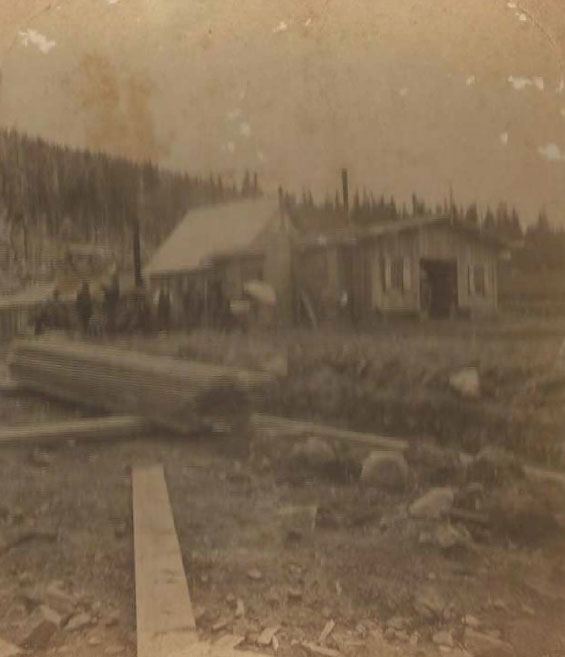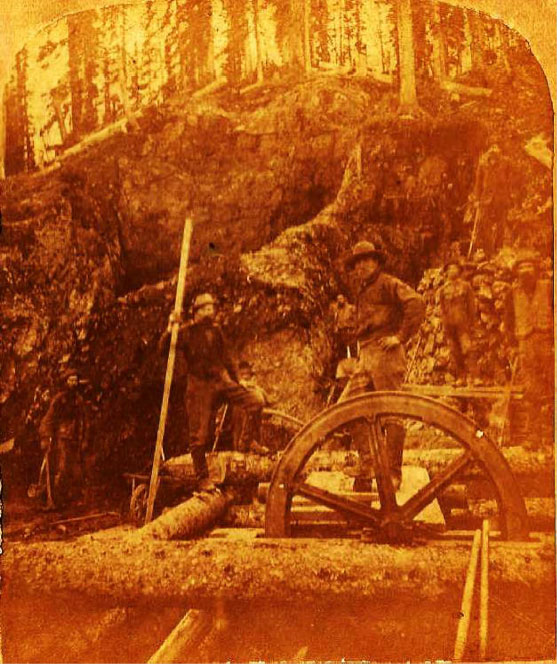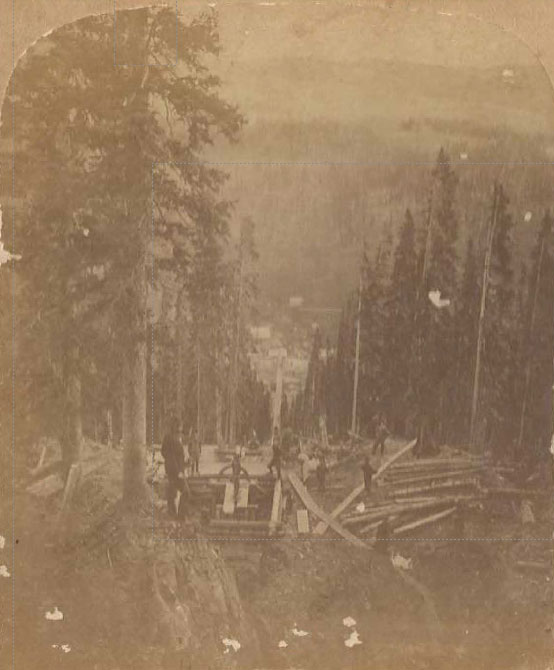Summitville
The Making of a Boomtown
Prospectors discovered gold in the Summitville area in 1870 . They did not remain because this was part of Ute territory and winters at 11,500 feet in elevation were extreme. As gold and silver were discovered in other parts of the San Juan Mountains, the 1872 Brunot Treaty removed the Ute Indians from their ancestral homelands making it safe for miners to venture into the mountains.
In 1873, P .J. Peterson and F. H. Brandt discovered the Little Annie and the Margaretta mines. Named after Mr. Petterson’s daughter, the Little Annie Mine was developed high in the South San Juan Mountains. Soon after, the town of Summitville was established. At its peak, Summitville had a population of over 1,500 people and boasted a post office, signal station, assay office, shoemaker, bakery, butcher shop, feed store, lumber yard, two general stores, five eating houses, three blacksmiths, nine mills, 14 salons, and a newspaper – The Summitville Nugget.
The Little Annie Mine was the richest mine in the Summit Mining District, eventually becoming the third richest gold mine in Colorado … but this boom did not last. By 1883, the mines played out and the town was nearly destroyed by a forest fire. In 1885, there were more than 250 individual mining claims in operation, but by 1893 the Summitville area was completely abandoned.


